Contour Maps.
Below is a contour map of Kumbartcho Farm. The blue arrows point to the contour we are working on. It is running north/south. In the top left hand corner you will see 1.1K written on the map. That is the distance from the southern boundary for this contour line. The contour lines in Natural Sequence Farming are designed to slow down water flow during rain events, spread that water across the land, and give the water time to penetrate.
It is my responsibility to create the conditions for the water to be able to penetrate the land, hydrate the land and enliven the microbial density in the land. Worms gravitate to moisture, as do microbes and humans.
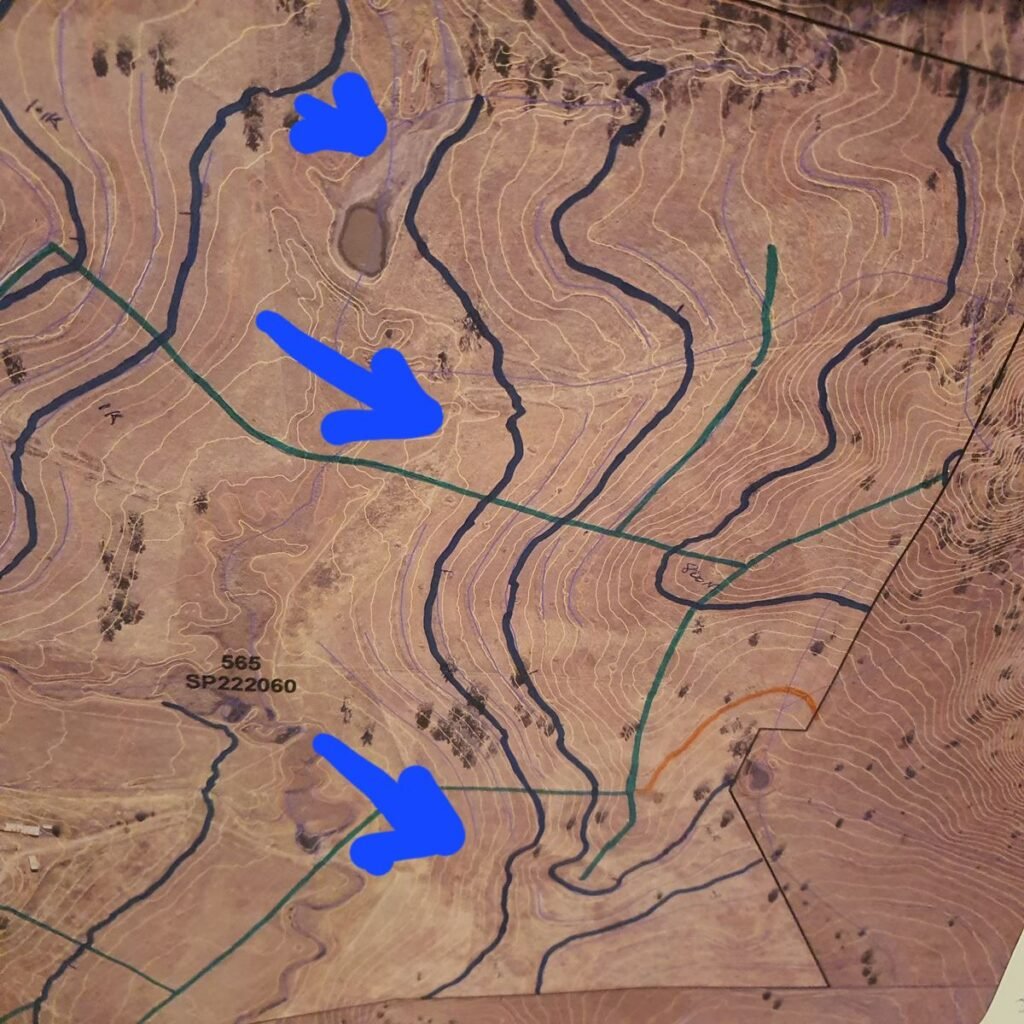
Building Contours
Contours for water capture come under various names from Natural Sequence Farming contours, to swales and berms. They are pretty well all the same. In essence, it’s the dimensions that matter.
In the Natural Sequence Farming world a contour has a bank 30 cms high. The ditch depth on the upper side of the bank depends on how much you need to dig to get your 30 cms high bank. Capillary action allows water to rise up 30 cms, and we want the bank to vegetate (cover with grass). The 30 cms is the bank height.
Why am I Building Another Contour?
To manage the water on farm. The above contour starts (almost) at the low point on my north boundary, and ends (almost) at the high point on my southern boundary.
Previously water from the north low point simply ran down the gully to the low point at south boundary hydrating little more than the bottom of the gully. The contour manages the water in order so that it affects many hectares across the farm.
Soil & pasture types.
Along the contour is some of my worst soils, with heavy giant rats tail grass colonisation, and then on to better soils and creeping blue grass monoculture. Finally it goes into better soils and a more diverse pasture. The giant rats tail, and creeping blue grass both lock up calcium, nitrogen, and water.
To shift the monocultures we must CHANGE THE CONDITIONS. The contour will begin to change the water cycle, which in turn will unlock, and allow other pasture species to grow. I’ll also ramp up my frequency of application of biodynamic preparations… which are masters of “creating the conditions for life!”
So combined water, biodynamics, & new plants will create the shift. Will I plant multi species? No! There’s already a seed bank there, and our best multi species are weeds!
I will plant trees. Trees will grow into the sub soil, and reconnect top soil and sub soil… helping to restore water, and mineral cycles.
Heard of the soil food web? There’s also an air food web! As above so below! Trees & shrubs create habitat for the air food web, without which our regenerative activities are severely limited!
Equipment I use to Build the Banks




The above images are of the 3pl (3 point linkage) grader blade and the 3pl single tine.
If conditions are right, I only need to use the grader blade to build the contour bank. It usually takes 8 passes to complete a section of bank. With this contour section I had completed 6 passes using the grader blade without any measurable bank created.
It was time to use The Ripper
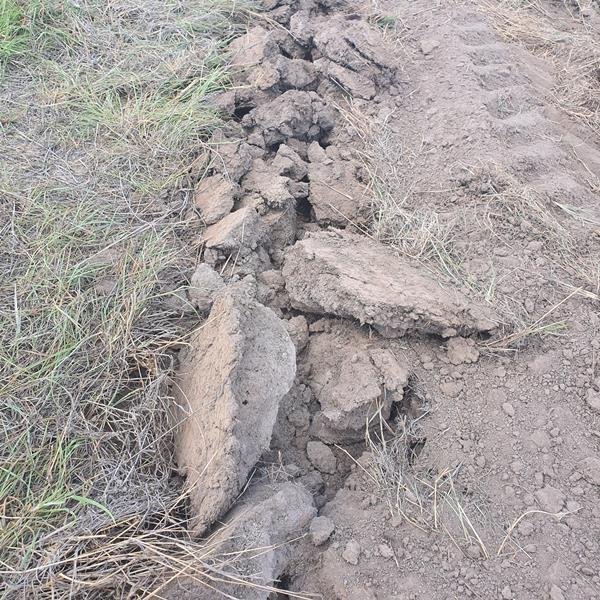
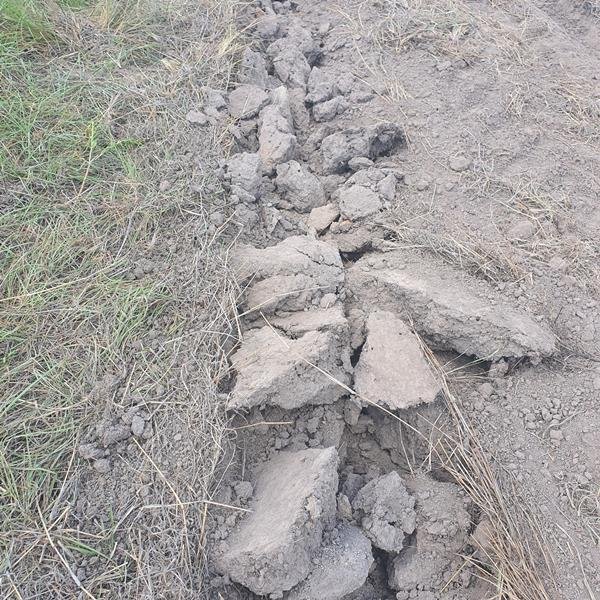
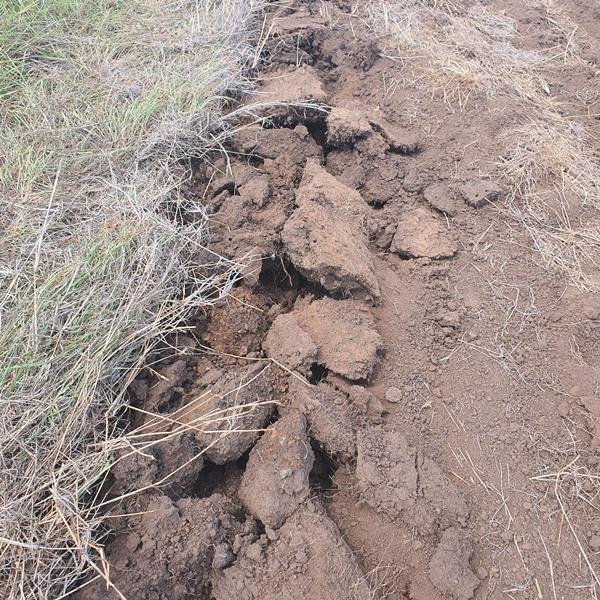
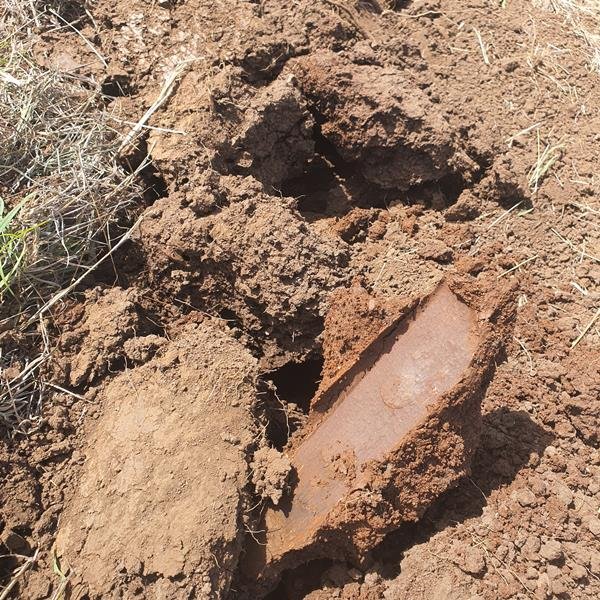
The art of ripping, ploughing, grading and soil disturbance is SLOW! I use first gear low when using the ripper, and the blade.
It took some considerable time (2 hours) to rip the 1.1 kms of contour.
What am I Trying to Achieve?
Nine years On
Nine years on from beginning a Natural Sequence Farming project on a gully that enters Kumbartcho from across Mudlo road. 5 structures, 3 contours applied.
The previously drained wetland is restored, and the underground aquifer is recharged. This now acts a bit like the tides, with water rising, and falling on weather events, and planetary cycles.
Yesterday 20-12-23 the aquafer was discharging water, part of which I have managed into an old soil conservation service drain (retro fitted to chain of ponds), which then continues into a contour. With zero runoff I’ve got 600 metres of this chain of ponds (fully wet/hydrated).
My goal here is to “irrigate” more country naturally (no pumps, pipes, sprays, fuel electricity) than our allocation of 35 acres from Wide Bay Creek.

It is now time to have all of Kumbartcho Farm absorbing water like a sponge for use during dry events. At the same time I will be planting trees. Trees are the pumps that I don’t need to buy to irrigate the land. At the same time I want to record the process and the change in the landscape for future reference. There is a growing awareness among many people that all of the climate change problems we are facing is the direct result of the mismanagement of our agricultural land.
At the same time growing trees has an unintended consequence where a lot of polluters are gaining their carbon credits from tree planting instead of fixing or renewing their processes to reduce or remove the pollutants.
Planting Trees
Trees cycle nutrients, and water from deeper in the soil, bringing it back to the root zone of the grass. A big thing with trees… they’re pumps, and airconditioners. Bringing stuff back up, and cooling the landscape.
The biggie is THE SMALL WATER CYCLE. Yes condensation of atmospheric moisture as dew. Geoff Lawton calls it Condensation Drip
A cooler landscape (like a can of cold drink) and tree leaves condense water from the atmosphere.
Biodynamic Australian Environmental Activator
To begin I use BAEA 3 times a month apart to “kick start” the system. Then I go to 4 times a year. The system will soon have enough life to create its own life (syntropy).
The Biodynamic Australian Environmental Activator creates the conditions for life! Where there’s water there’s life! Together the Natural Sequence Farming contour and the BAEA really get the life processes going.
Why is the Ripped Soil so Hard?
1. A grass monoculture has shut down life processes. Calcium, nitrogen, water are all locked up.
2. No trees. The top soil, dead from the monoculture of grass, has zero connection to the sub soil.
To bring this into NSF language. Slow the flow. The contour slows the water, allowing time for it to soak in.
Let all plants grow. As we get the water in, plants will grow, and it’s the plants that manage water, & fertility.
Process, process, process. That’s why it’s called Natural Sequence Farming. There’s a natural sequence..
Now have you heard of the Biochemical Sequence from Hugh Lovel???
Shane Joyce
Update to Contour Lines 29 Dec 2023

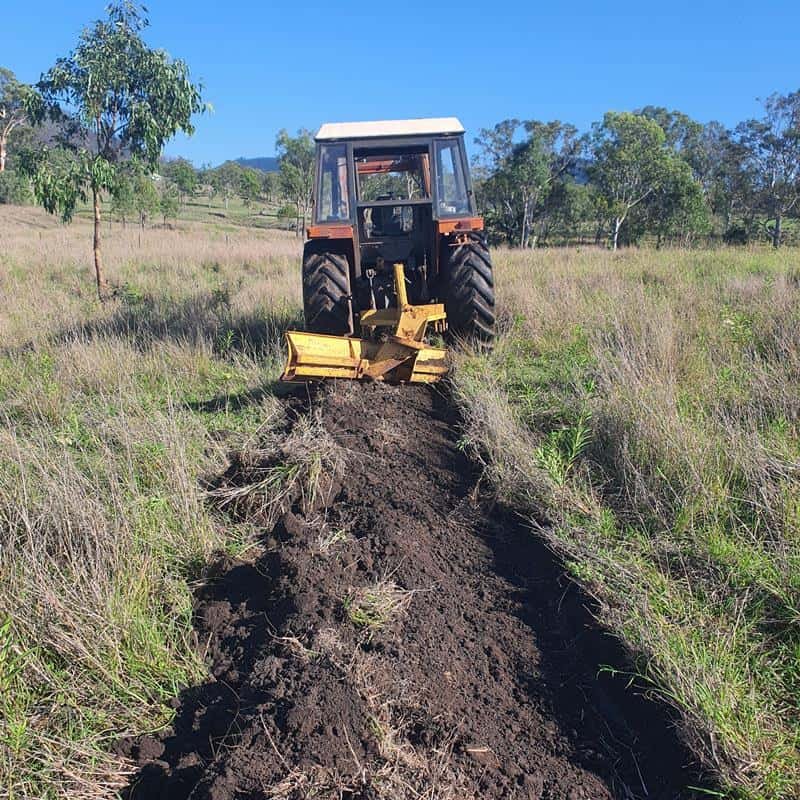
After Using The Blade
Shot of the bank formed where ripping through the hard crust pictures came from.
We have had some rain at Kumbartcho over the Christmas period and it was time to see what would happen with the rock hard soil that was ripped 20 December.
Angle Set on the Blade
The blade at work behind a 60 hp front wheel assist tractor.
I am able to manually set the angle of the blade to create the 30cm bank. It was so easy to create the contour swale after the rain had infiltrated the land.
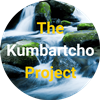
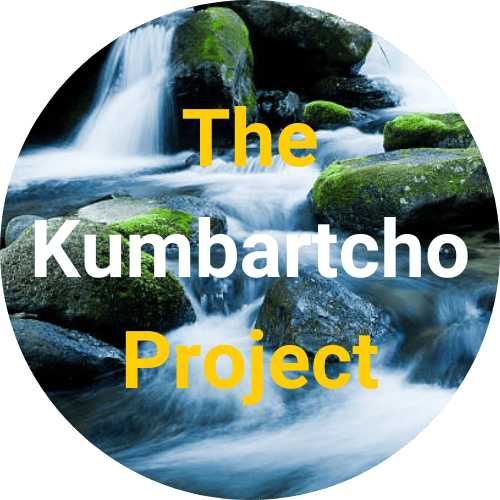



Hi Shane,
This Is EXCELLENT!! SO Well Explained and everything very succinctly put in a Nutshell.
Just one thing – what do the red and green lines represent?
Hi Gerry,
great questions. The green lines are water pipes and the red and purple ones are my contour dreaming.
thanks… Shane